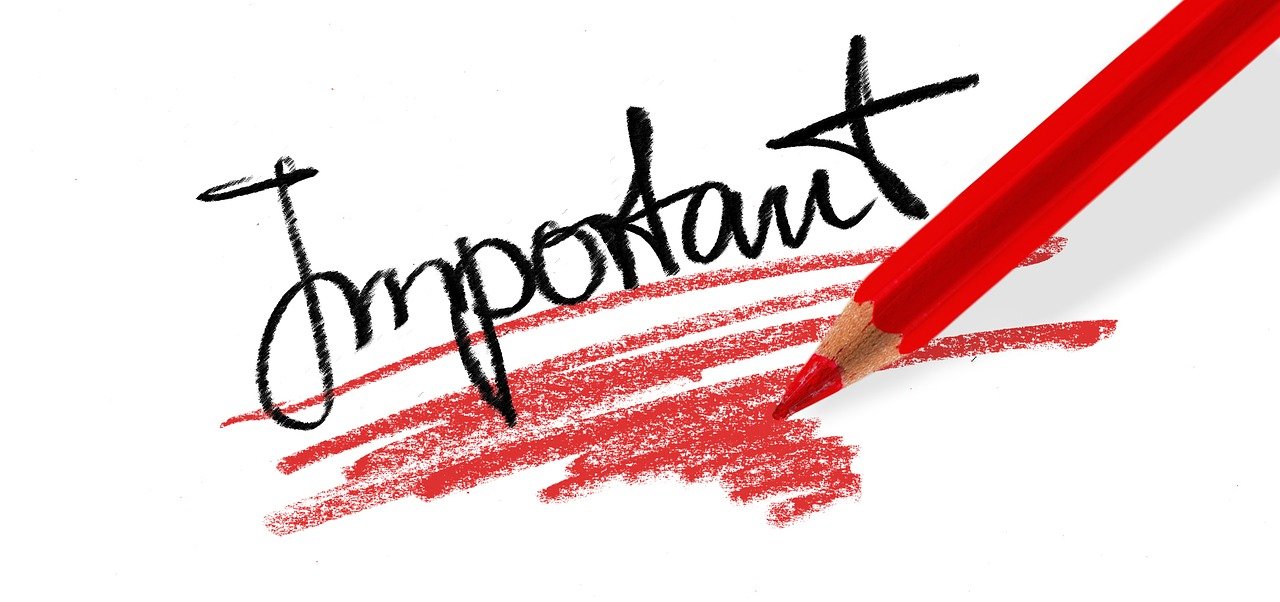
The only thing that limits you on a no code platform is your imagination – Interview with Pierce Buckley of babelforce
October 1, 2021
Customer service: The most important job in the company – Interview with Fortuné Alexander of Pega
October 7, 2021This is a guest post from Jason Howard, Executive Vice President at Ethoca.
Online shopping has changed dramatically in the last 12-18 months, with online spending increasing by $900 billion globally in 2020 alone. This trend was largely fuelled by the pandemic and we expect a lot of these new digital habits to become permanent.
However, one key issue raised with the increase in online purchases is a heightened sense of purchase confusion, particularly at the point where a customer reviews their online bank statement. Often, there isn’t enough detail to help consumers remember what they bought. Many of us have been there, reviewing a list of our transactions only to come across one we don’t recall, with little to no detail to help us trace back our steps.
And while a lack of clear purchase information creates a poor customer experience, there’s also downstream impacts for businesses and financial institutions. Often, when consumers fail to recognize a purchase, they might fear the worst and claim it as fraud, starting the chargeback process.
The importance of building trust
Key to solving this issue is building trust by sharing information that will help customers make better sense of their purchases in the channels they know and use, such as their digital bank statements. And the information that can be used to clear up confusion can be simple, like clear merchant names and logos, all the way to more in-depth details like a full digital receipt.
Consumer habits are also changing, and businesses are increasingly expected to make the purchase journey as simple as possible, including during the post-transaction journey, well after a purchase has been completed. This is also backed by research that reveals that 96% of consumers want more detailed information available in their digital banking application to help understand what they bought.
Breaking through the digital noise
Additional purchase detail in online bank channels can have a direct impact on minimizing chargebacks and inadverdent friendly fraud, which can reduce the overall costs associated with handling disputes. But beyond this, additional information and digital receipts unlock a new channel for retailers to engage their customers.
Breaking through the digital noise is critical for businesses looking to forge better connections with customers. Globally, consumers are receiving 6 billion texts and over 300 billion emails daily, making it more difficult than ever for brands to connect with their users in meaningful ways.
Digital bank channels present a space where consumers are already deeply engaged, with over 50% of consumers globally now interacting with their bank through mobile apps or websites at least once a week. It’s also something merchants can begin leveraging easily through programs like Mastercard and Ethoca’s logo initiative, an easy and free way to get their clear merchant name and logo into digital bank statements.
As businesses navigate an increasingly digital world, leveraging additional purchase information, in the right channels, at the right time, can help reduce cases of friendly fraud and chargebacks, and also open up new engagement channels with customers that creates a better digital user experience.
This is a guest post from Jason Howard, Executive Vice President at Ethoca.
About Jason
 Jason Howard is Executive Vice President at Ethoca and is responsible for the overall strategy and leadership of Ethoca, working across the business to further drive Ethoca’s leading collaborative technologies that aim to minimize chargebacks, friendly fraud and build better digital customer experiences. Ethoca was acquired by Mastercard in April 2019.
Jason Howard is Executive Vice President at Ethoca and is responsible for the overall strategy and leadership of Ethoca, working across the business to further drive Ethoca’s leading collaborative technologies that aim to minimize chargebacks, friendly fraud and build better digital customer experiences. Ethoca was acquired by Mastercard in April 2019.
Having joined Ethoca in 2013, Jason has over 15 years of experience with high-growth organizations from the fraud and payments industry. Prior to joining Ethoca, Jason led sales for a U.S. healthcare payments start-up Tango-Health and data breach remediation company AllClearID. Additionally, Jason spent six years at JPMorganChase where he had responsibility for expanding its commercial credit card business.
Jason is a proud Longhorn from the University of Texas in Austin.
Image by Gerd Altmann from Pixabay




